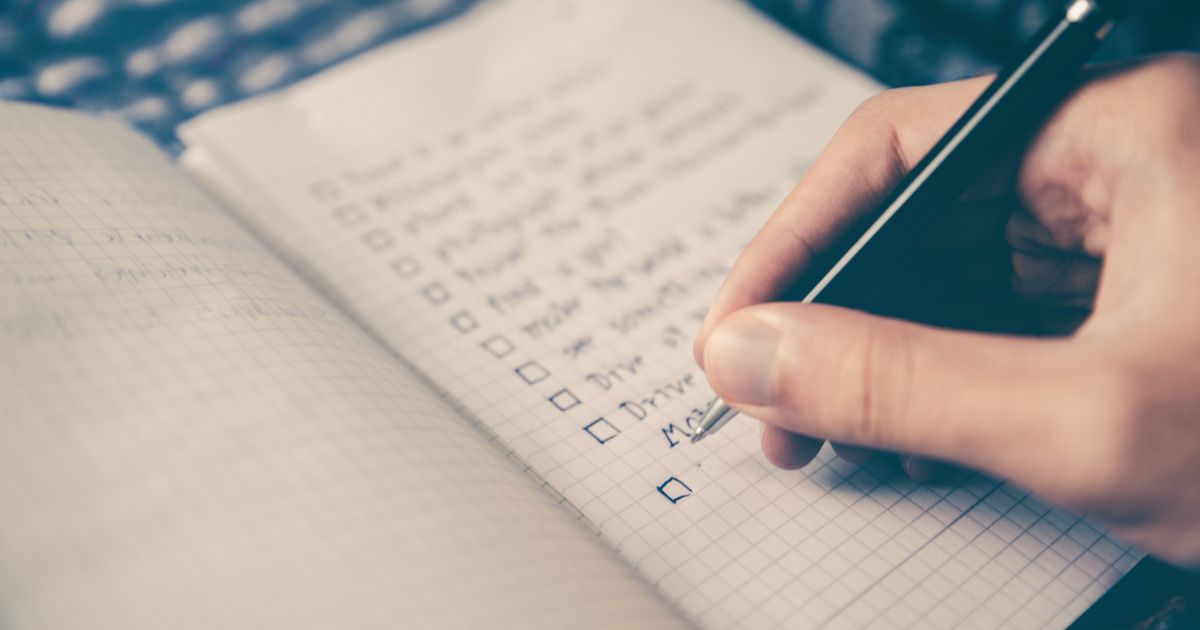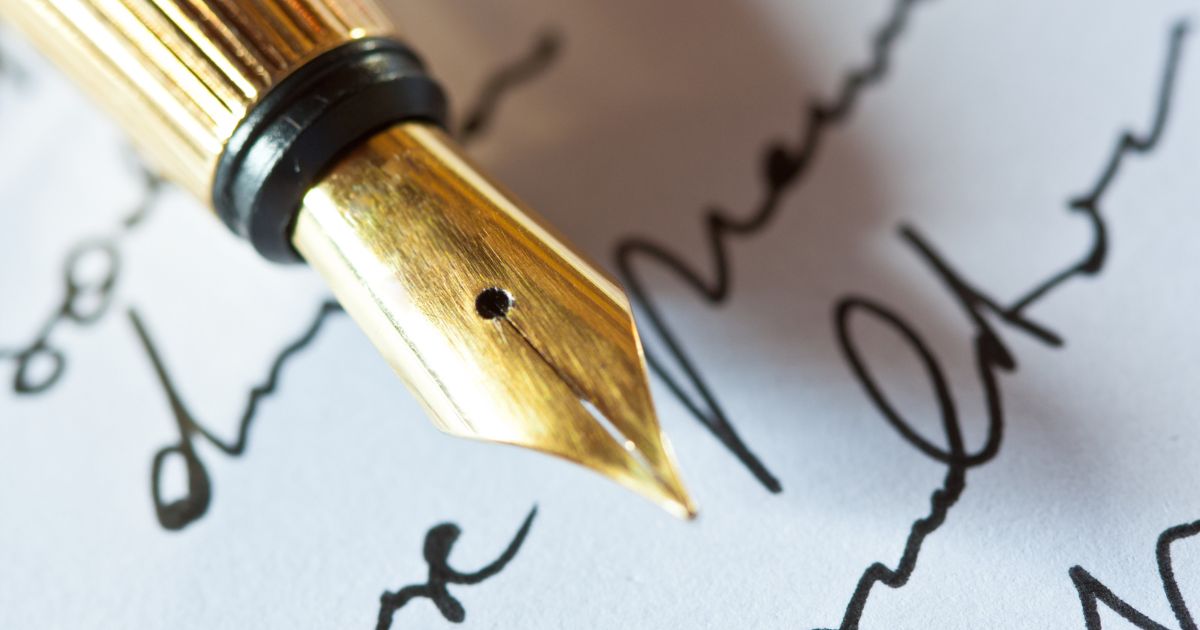Writing a strong essay goes beyond good grammar and a clear structure—it requires critical thinking. And one of the most effective ways to sharpen your critical thinking is by developing critical reading skills. When you learn to read with attention, analysis, and depth, your writing improves in clarity, coherence, and argumentation. In this article, you’ll learn how to use critical reading techniques to elevate the quality of your essays and stand out in academic and competitive contexts.
1. What Is Critical Reading?
Critical reading is the process of analyzing, interpreting, and evaluating a text beyond its surface meaning. It means not just understanding what a text says, but how it says it, why, and with what impact.
Key Components of Critical Reading
- Identifying the author’s purpose
- Recognizing arguments and evidence
- Evaluating the logic and consistency
- Detecting bias or underlying assumptions
- Connecting ideas to other knowledge
Developing these skills will not only make you a better reader, but also a sharper, more analytical writer.
2. How Critical Reading Improves Your Essay
Critical reading helps you approach essay topics with more insight, depth, and originality. When you understand how others build arguments, you become better equipped to construct your own.
Sharpening Your Argumentation
By analyzing how other authors present and support their points, you learn how to build stronger arguments in your writing. You see what makes reasoning effective—and what weakens it.
Expanding Your Repertoire of Ideas
Reading critically exposes you to multiple perspectives and new vocabulary, helping you diversify your arguments and improve the richness of your content.
Avoiding Surface-Level Analysis
Instead of writing generic or superficial points, critical reading trains you to go deeper—questioning causes, consequences, and the broader context of each theme.
3. Practice Active Reading
To turn reading into a tool for better writing, you need to read actively—not passively.
Highlight and Annotate
As you read, underline key points, circle unfamiliar terms, and write notes in the margins. Ask questions like:
- What is the author’s main argument?
- What evidence is being used?
- Is the reasoning valid or flawed?
Ask Critical Questions
Challenge the text while you read. This helps train your mind to look beyond the surface.
Examples of Critical Questions:
- What assumptions does the author make?
- Are there alternative viewpoints not considered?
- What are the implications of this argument?
4. Analyze Structure and Style
Pay attention to how well-structured texts are written. Observing the strategies used in introductions, transitions, and conclusions will help you replicate effective techniques in your essays.
Observe Paragraph Structure
Notice how each paragraph begins with a topic sentence, develops an idea, and connects logically to the next. This is a model you can apply in your own writing.
Learn from Word Choice and Tone
Analyze the vocabulary, tone, and rhetorical strategies used in strong texts. How do authors use metaphors, comparisons, or references to make arguments more engaging?
Example:
In a political article, note how the author uses irony or historical analogies to persuade—these are tools you can learn to use too.
5. Compare Opposing Texts
Reading different opinions on the same topic helps you develop a balanced, critical perspective—something that is highly valued in academic essays.
Practice Argument Analysis
Choose two texts with opposing views on a current issue. Compare how each one:
- Frames the problem
- Uses evidence
- Appeals to logic or emotion
- Handles counterarguments
This exercise trains you to recognize strong vs. weak arguments, and gives you vocabulary and ideas to use in your own writing.
6. Apply What You Read to Your Writing
The most important part of critical reading is applying it. When preparing for an essay, use your critical reading skills to explore the theme before you write.
Read Before You Write
Before tackling an essay topic like “fake news” or “climate change,” read articles or excerpts from different viewpoints. Critically analyze them and take notes.
Use this material to:
- Build arguments
- Provide examples
- Introduce relevant quotes
- Show you understand different perspectives
Create an Argument Map
Based on what you’ve read, outline your main points, supporting evidence, and possible counterarguments. Organizing your ideas this way helps you write with clarity and confidence.
7. Build a Reading Routine with Purpose
To make critical reading a habit, you need to practice regularly with intention.
Read Widely and Strategically
Choose a variety of genres:
- Opinion columns
- Scientific journalism
- Academic essays
- Editorials and documentaries
Keep a Reading Journal
Write short summaries and reflections after reading. Ask yourself:
- What did I learn?
- What arguments stood out?
- How could I use this in an essay?
This builds a bank of ideas you can draw from when writing under pressure.
Final Thought: Read Like a Writer
The best writers are always good readers. But not just any kind of reader—a critical reader. By training yourself to analyze texts deeply, you’ll build the foundation for essays that are thoughtful, persuasive, and far more engaging.










